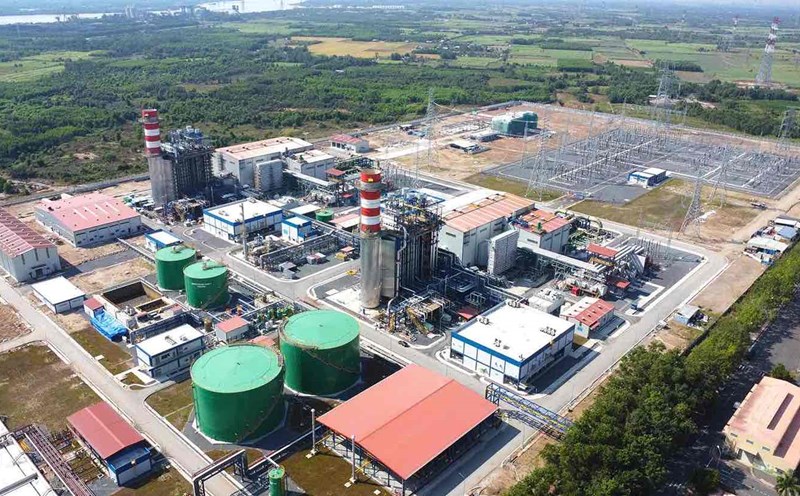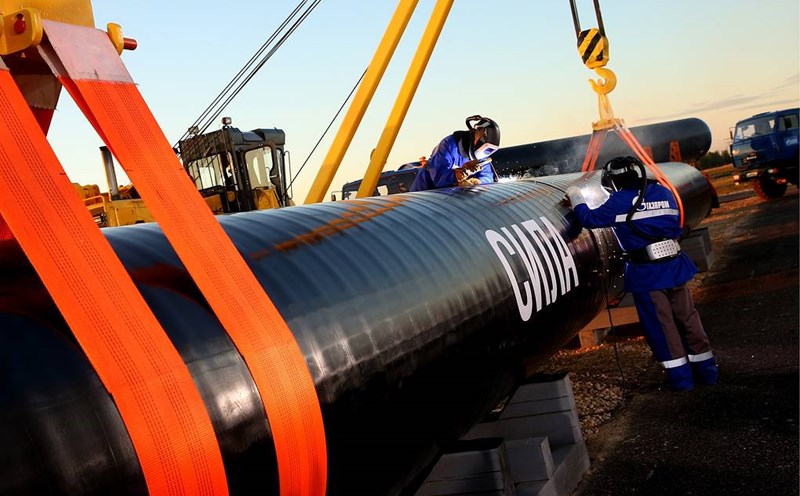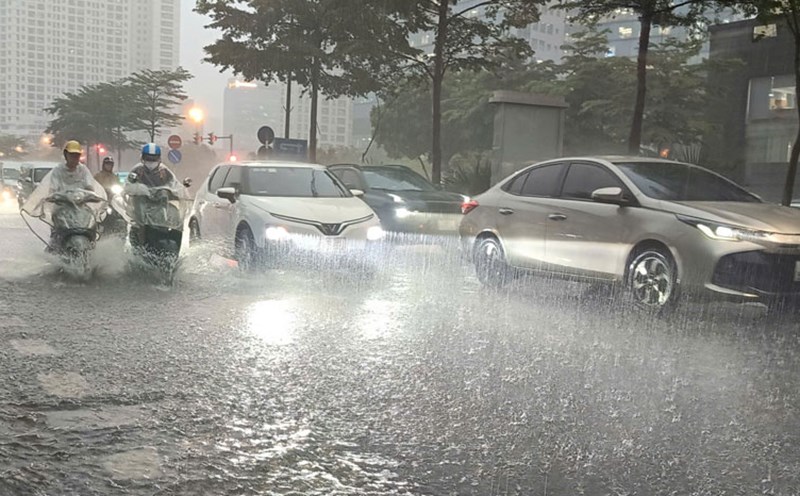The Ministry of Industry and Trade has just submitted a document to the Ministry of Justice requesting appraisal of the draft Resolution of the National Assembly on mechanisms and policies to remove difficulties in national energy development in the period of 2026-2030.
According to the Ministry of Industry and Trade, for the development of offshore wind power, Vietnam does not have basic survey data to serve offshore wind power development as well as lacks the synchronization of port infrastructure for offshore wind power development by 2030.
Therefore, there needs to be an outstanding specific mechanism to speed up the implementation of offshore wind power projects in the approved planning, especially projects planned to operate in 2030 and 2035.
Including: (i) a selective implementation mechanism for competitive bidding combined with implementation assignment; (ii) Legal policies to support and breakthrough mechanisms for offshore wind power development; (ii) Mechanisms for assigning tasks to a number of large state-owned and private enterprises with reputable brands and strengths to carry out large-scale offshore wind power development tasks associated with ensuring national defense, security, and protecting sovereignty over seas and islands; (iv) Mechanisms for handling costs of state-owned enterprises assigned to survey and prepare documents to organize bidding but the project was not implemented.
In Decree No. 58/2025 of the Government on the development of renewable energy power, new energy power is stipulating that the minimum long-term contract electricity output (reserving products) is 80%, unless otherwise agreed.
In the draft Resolution of the National Assembly on mechanisms and policies to remove difficulties in national energy development in the period of 2026-2030, the Ministry of Industry and Trade proposed that offshore wind power projects for domestic power production be applied a long-term minimum contract electricity output of 90% of the project's average electricity output over many years within the loan principal repayment period but not exceeding 15 years for projects approved for investment before January 1, 2030 and completed and generated before January 1, 2032.
In addition, for projects approved for investment policy before January 1, 2032 and completed and powered before January 1, 2036, the minimum long-term contract electricity output is applied, which is 80% of the project's average electricity output for many years within the loan principal repayment period but not exceeding 15 years.
Contributing opinions on this draft, Vinenergo of Vingroup's ecosystem proposed that offshore wind power plants be given priority to mobilize maximum available capacity, except in cases where the power system has problems, transmission is limited, or due to national energy security reasons.
The reason is that offshore wind power projects have specific characteristics in terms of operation (in the case of weather and monsoon) and very high investment costs. If priority is not given to mobilization, it will lead to waste of national resources, affecting energy security. Regarding the duration of product baotics, Vinenergo believes that the duration of 15 years is unreasonable and proposes 25 years. The reason is to suit the reality of offshore wind power implementation.












